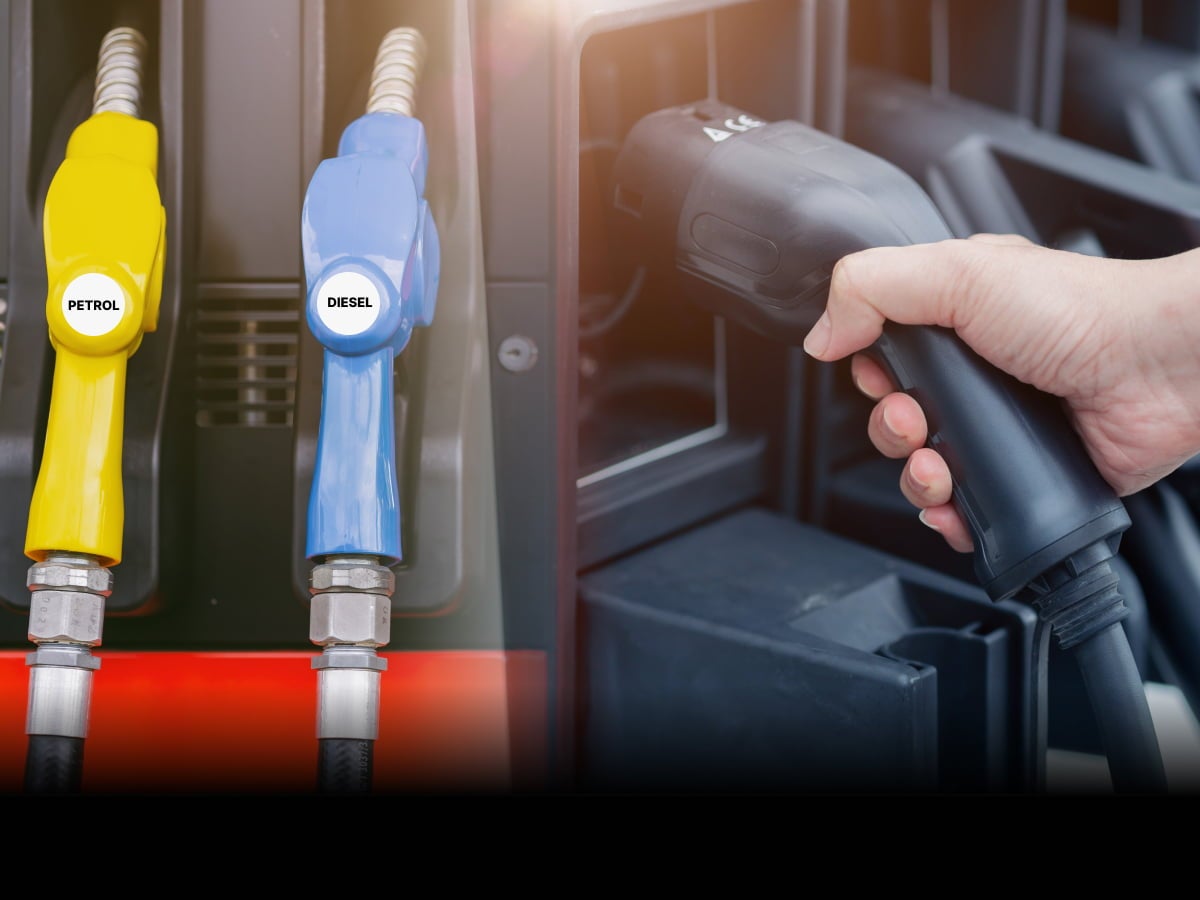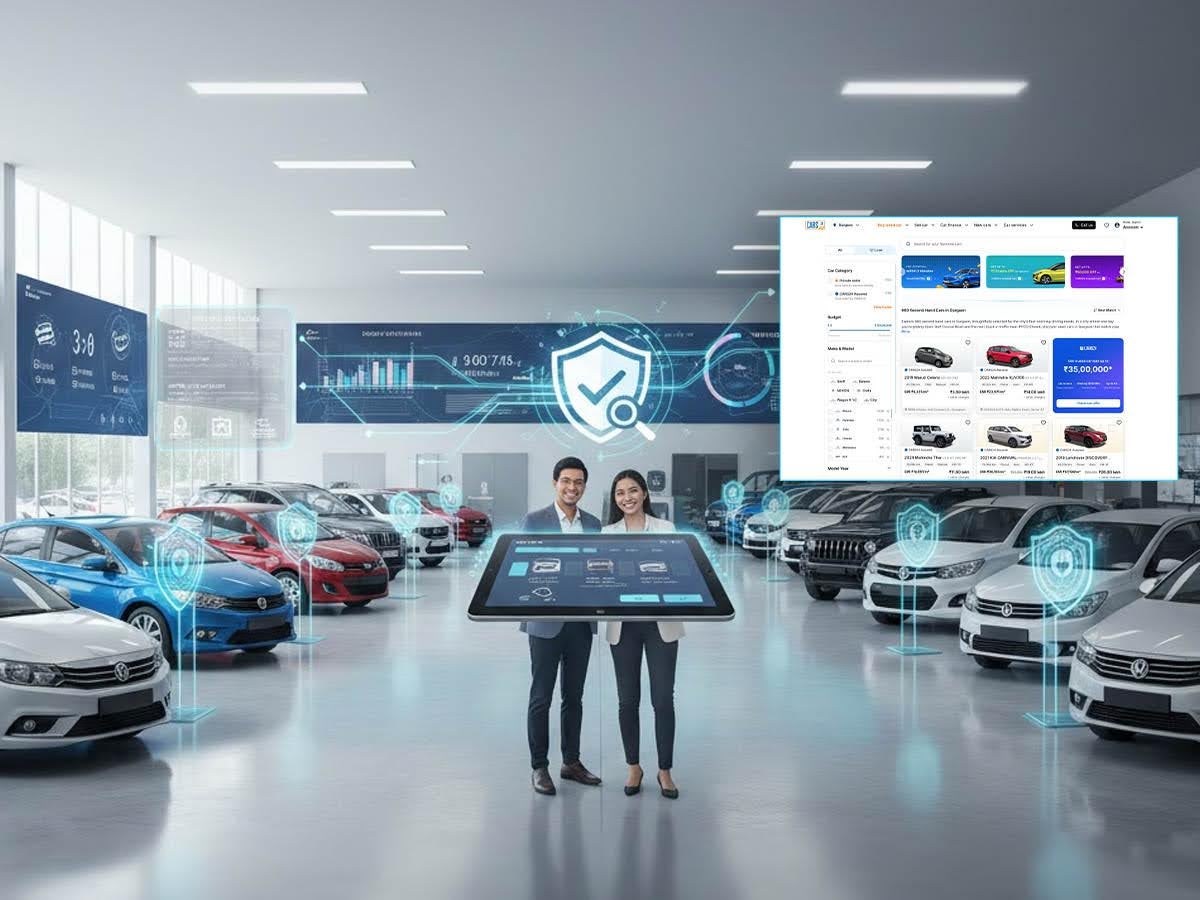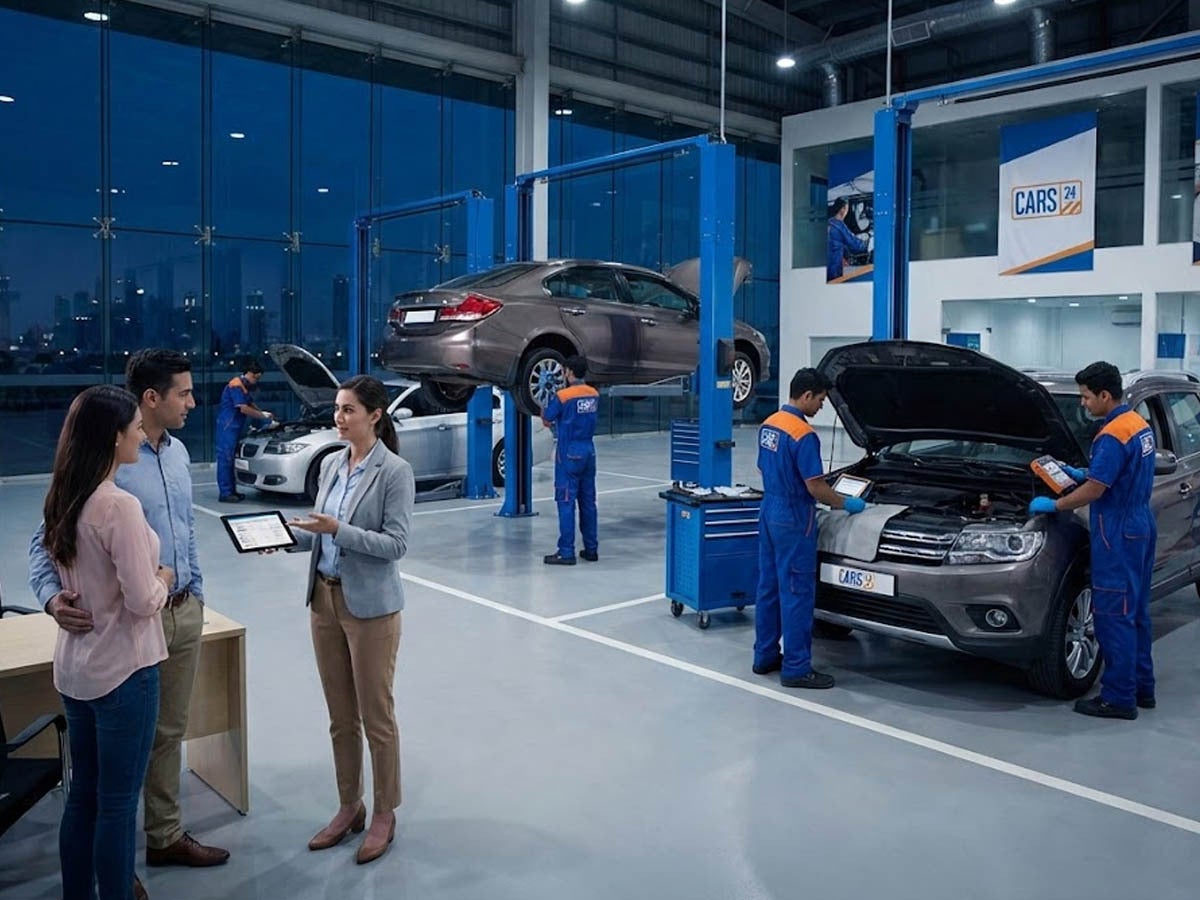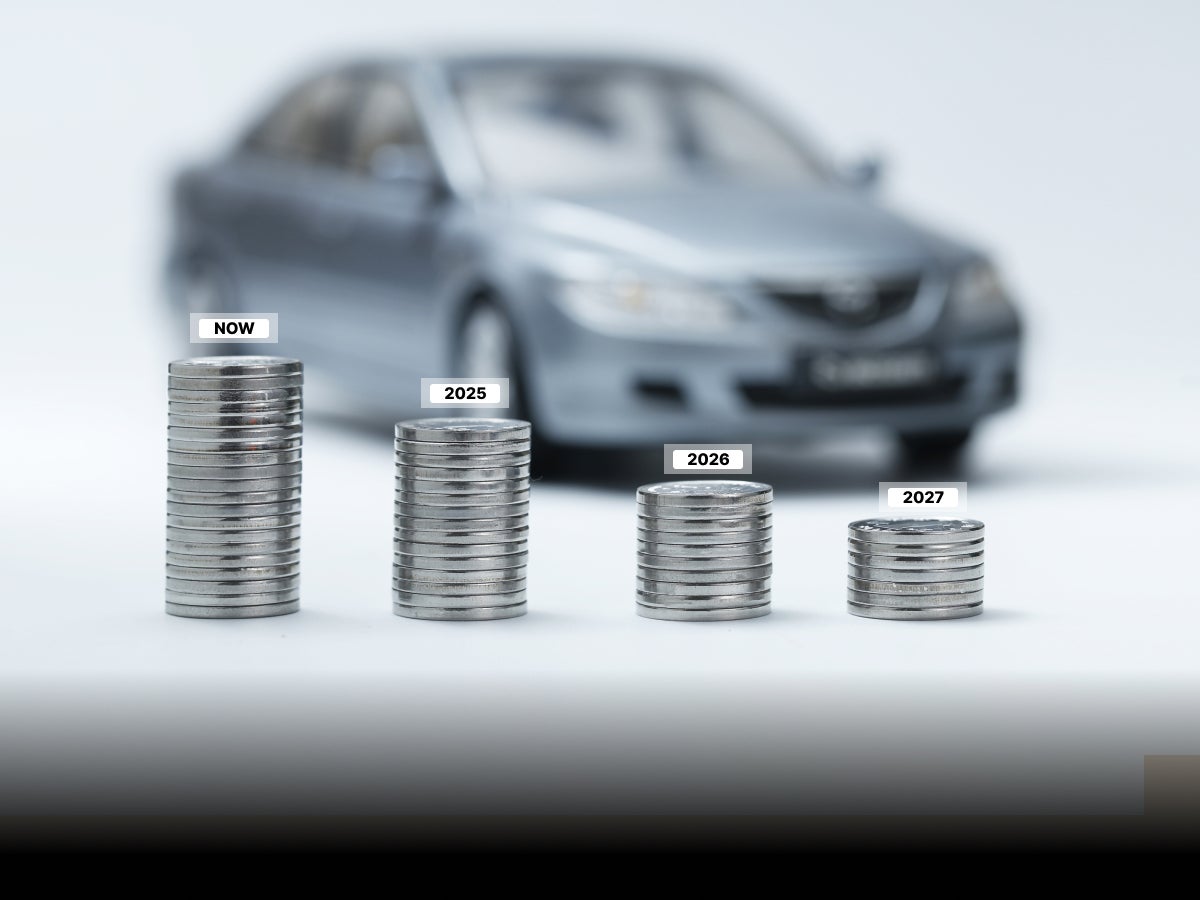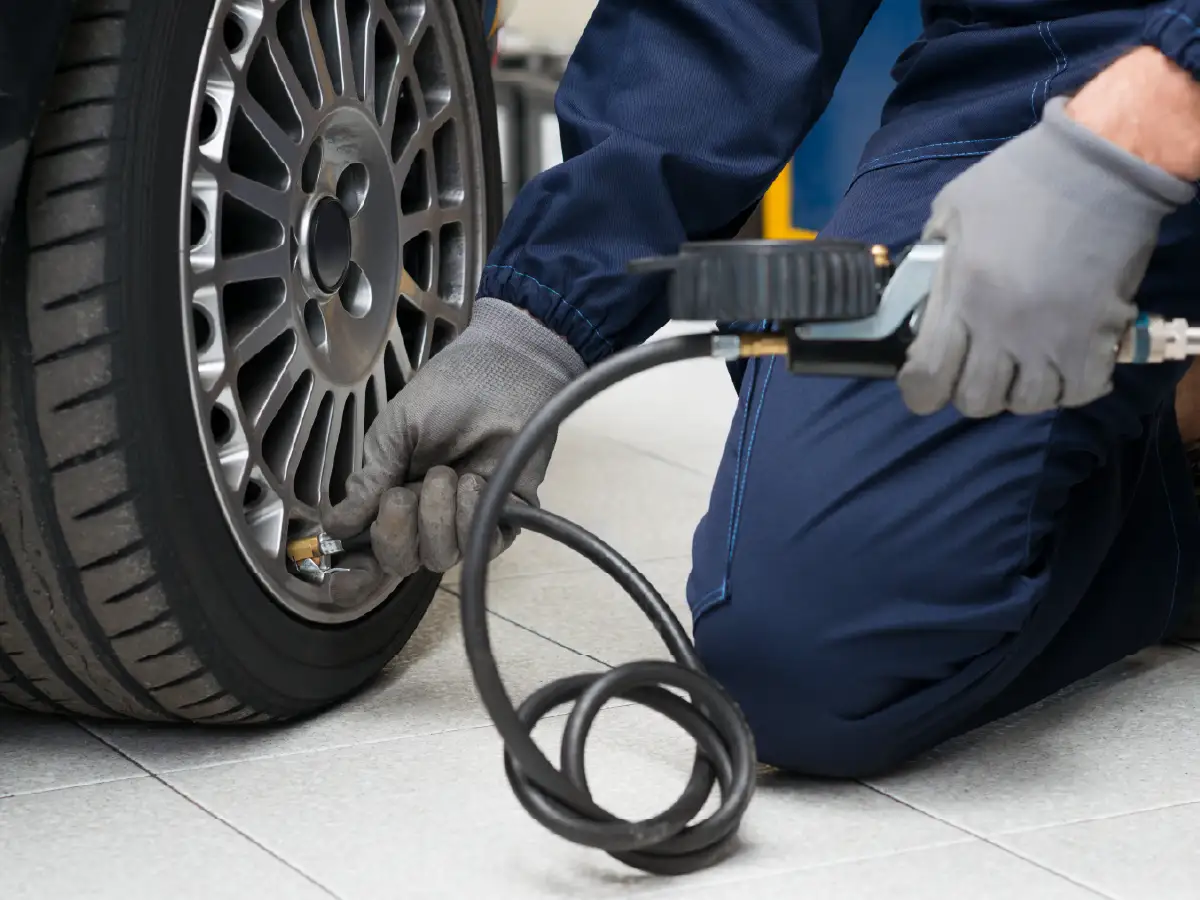

Why are Tubeless Tyres Important?
- 1Tubeless tyres improve safety as they decrease the chances of a tyre blowout
- 2Tubeless tyres and wheels are lighter and thus improve fuel efficiency
- 3Self puncture repairing sealants are available for tubeless tyres
While there are many different parts that come together to make up a car, a tyre is often looked at as the most important part of one. The engine, transmission and electronic systems of a car might be more complex, but tyres are the only contact surface of a car with the ground, thus making them highly critical. Tyre technology has progressed over the years and continues to develop, however, the concept of tubeless tyres continues to astound many car owners.
Tubeless tyres not only make the driving experience safer, but also more efficient and enjoyable by decreasing the chances of sudden tyre blowouts, increasing fuel efficiency and offering better cornering stability. Tubeless tyres, however, require proper maintenance so that they can function effectively and last long. To give you a better idea behind the working of tubeless tyres, we have put together this blog looking at how they are made. Furthermore, we also shed light on their advantages, disadvantages and proper maintenance procedures.
How are Tubeless Tyres Different from Tube Tyres?
Tubeless tyres are built differently from traditional tyres with tubes. The latter uses a tube to pressurise the air and inflate the tyre. In such a case, the tyre itself is permeable, which basically means that air can exit from the rubber itself. To make tyres tubeless, the inner wall of the tubeless tyres uses butyl rubber. It’s not permeable and doesn’t allow the air to escape. Tubeless tyres feature enhanced structural rigidity as they are responsible for maintaining their own shape, instead of a tube.
Tubeless tyres also require a different internal design for the wheel as the seal between the edge of the tyre and the wheel is airtight. Traditionally, the inside of an alloy wheel looks like a U, however, a tubeless alloy wheel has raised bottom edges, where the tyre beading rests and creates the air tight seal. Tubeless tyres also have more robust beads for their inner edge which also help in maintaining an air tight seal between the tubeless tyre and alloy wheel.
Tube-type tyres have a valve step built into the tube which pokes out of a hole in the alloy wheel. Tubeless tyres feature a separate valve stem. These are inserted into the hole from inside the wheel, and as they are pushed outside, they are designed to snap into place and create an air tight seal.
It is also important to understand that tubeless car tyres and tubeless bike tyres have the same type of construction. The only difference there is the shape and size of the tyre, according to the kind of vehicle.
VIDEO: https://www.youtube.com/shorts/AZCDJpE_HB0
Advantages and Disadvantages of Tubeless Tyres
Tubeless tyres have many advantages, although they have minor disadvantages as well.
Advantages of Tubeless Tyres
Tubeless tyres have almost become the norm on passenger cars and that is because they have widespread advantages.
- Enhanced Safety: When a tube tyre is pierced by a sharp object on the road, the air suddenly rushes to exit from the newly formed. This is similar to air quickly rushing out of a balloon that has been pricked by a needle and it causes the balloon to burst. The same thing can happen with a tube inside a tyre. Such a scenario can result in a massive sudden loss of tyre pressure causing the vehicle to destabilise and create a potentially dangerous situation while driving. Tubeless tyres, even when they are punctured, allow the air to escape slowly and in a controlled manner. This allows the driver to pull over by the side of the road and park safely. Tubeless cars can also suffer blowouts, but they are rare and only occur when the tyre is subjected to immense forces such as going into a pothole at extreme speed.
- Better Fuel Efficiency: Tubeless tyres weigh less than tube tyres, simply because of the absence of the tube. This decreases the weight of the wheel and tyres, positively affecting the fuel efficiency. Furthermore, wheels and tyres make up the upsprung mass of a car, and lowering this also positively affects the handling of a car.
- Less Frequent Punctures: Tube tyres are prone to pinch punctures, essentially when the tube gets pinched between the tyre and the alloy wheel, a situation that doesn’t arise in tubeless tyres. The stiffer construction of tubeless tyres also means they are more resistant to punctures. Furthermore, the slow leaking air often allows drivers to reach a service station or their destination before needing to tend to the puncture.
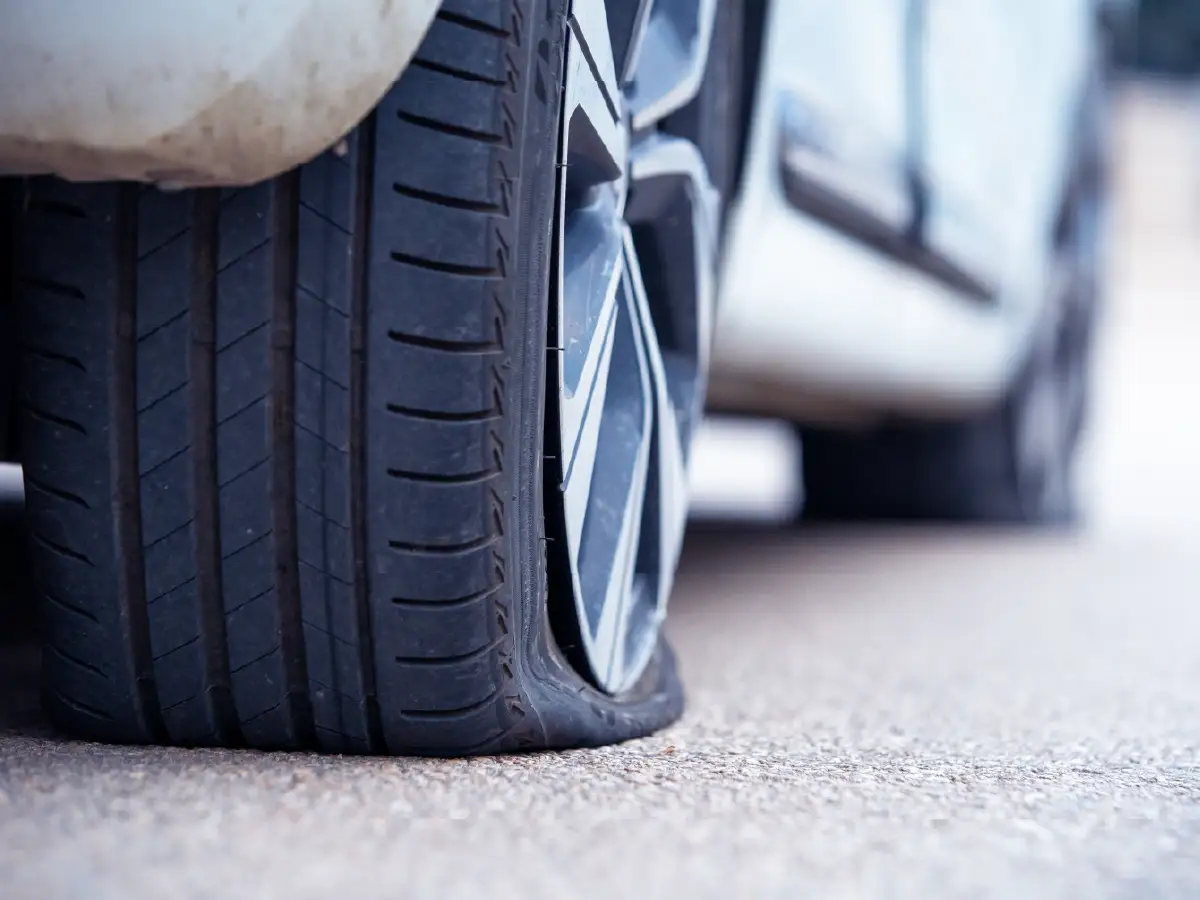
- Easy Puncture Repairs: Tube tyres require the wheel to come off the hub assembly, and the tube to be extracted on it to repair a puncture. Patching a tube tyre is also a highly skilled job that requires extra time and effort. Alternatively, tubeless tyres can often be repaired without even taking them off the wheel by removing the puncture-causing object from the tyre, plugging ito with a rubber strip and refilling air into the tyre.
- Self Puncture Repairing: Tubeless tyres can also be filled with a latex sealant. This rotates inside the tyre in a liquid form. In the event of a puncture, the sealant rushes out from the hole and seals it. However, it often only works once and needs to be refilled every three to four months to maintain its effectiveness.
- Heat Management: While many people don’t know this, but, heat management is an extremely important part for tyres as they are designed to operate best in certain temperature conditions. Tube tyres not only don’t distribute heat better, but the constant friction between the tube and the internal walls of the tyre also create additional heat. The absence of a tube means that tubeless tyres deal better with heat distribution.
Disadvantages of Tubeless Tyres
While tubeless tyres offer many benefits, they have some disadvantages as well.
- Higher Cost: Tubeless tyres are made of more material and are more advanced in their construction as well, which makes them more expensive than tube tyres.
- Sidewall Punctures: These types of punctures are not easily repairable, and tyre manufacturers advise replacing a tyre in such a case as the tyre loses its rigidity and becomes potentially unsafe to use.
Maintenance of Tubeless Tyres
Tubeless tyres promise to offer a seamless driving experience, however, they require routine maintenance to function optimally and last longer.
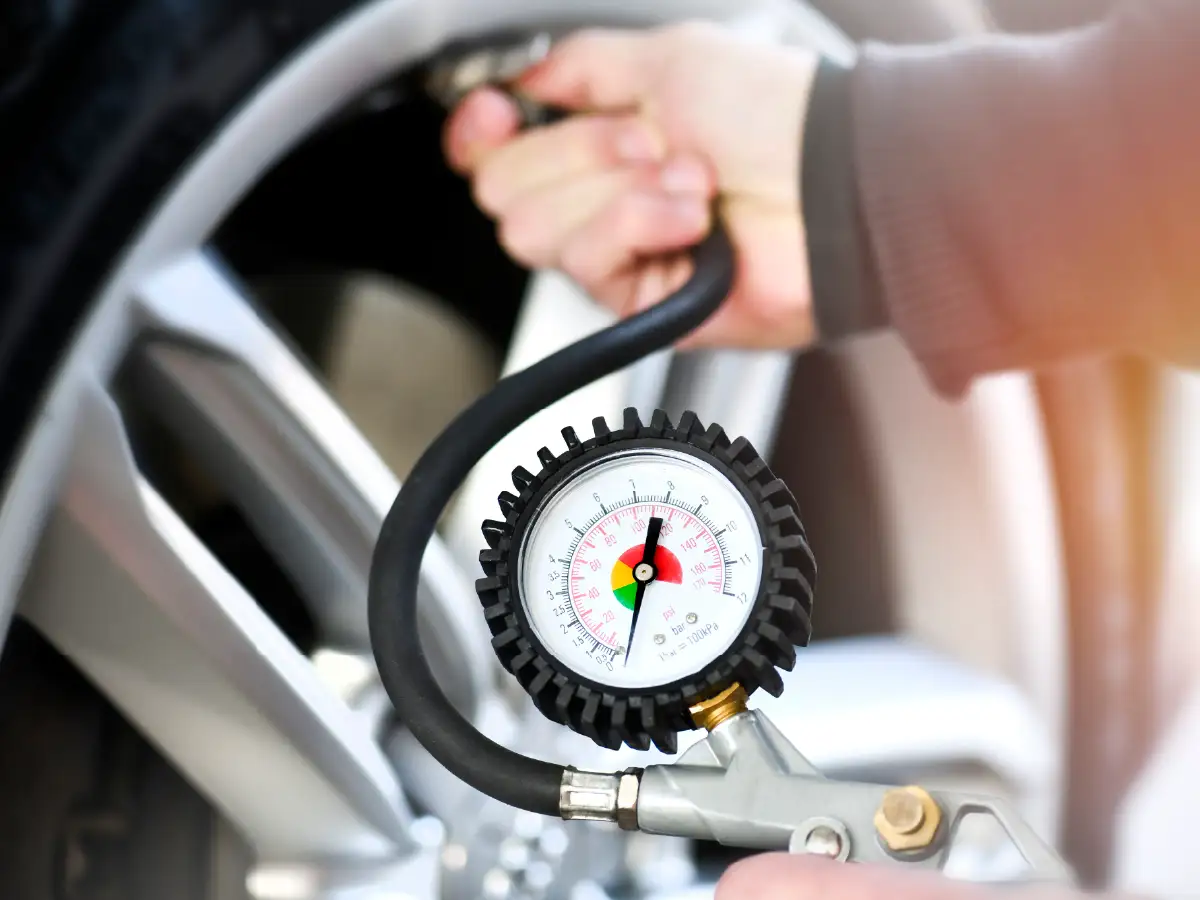
- Maintain Proper Air Pressure: Tyres are designed to optimally manage their load and wear evenly at a set tyre pressure. Over time, the tyre pressure can naturally drop, and should routinely be checked once a week. Driving a car under or overinflated tyres can cause damage to the tyre and even cause handling issues. Tyres which are driven with proper air pressure last longer as well and you should always fill air according to the specifications provided by the manufacturer.
- Regular Inspections: Your car tyres need to be inspected for any cuts and bulges, and that the tyres are wearing evenly to ensure the proper functioning of tubeless tyres. Those tyres which have a cut in their sidewall or develop a bulge need to be replaced as they increase the chances of a tyre blowout.
- Avoid Overloading: All tyres including the tubeless type are rated to work efficiently at certain loads. Overloading a car can cause unnatural pressure on the tyre which can wear them out faster and cause a tyre wearout due to excess stress.
- Tyre Rotation: Tyres need to be rotated from one position to another. This is especially important for the driven wheels as they wear out faster. Rotating the position of the tyres every 5,000 km will ensure that your tyres wear out evenly and that excess stress isn’t concentrated on one tyre.
Should You Opt for Tubeless Tyres?
For new car buyers, this isn’t really a question as all new cars sold in India are more or less equipped with tubeless tyres. As we mentioned earlier, they have become the norm. However, those who are replacing the tyres on their car can sometimes opt for tube type tyres because of their lowest cost. In general, we don’t recommend this because while the upfront cost will be lower, a tubeless tyre will offer you a safer driving experience and will be more reliable as well.
Frequently Asked Questions
Expand all





